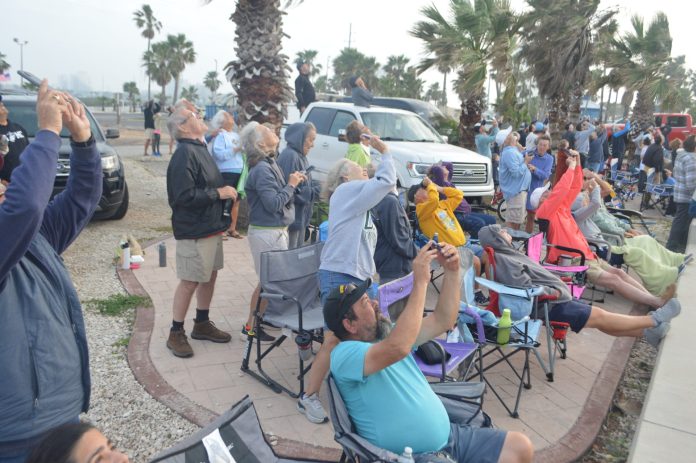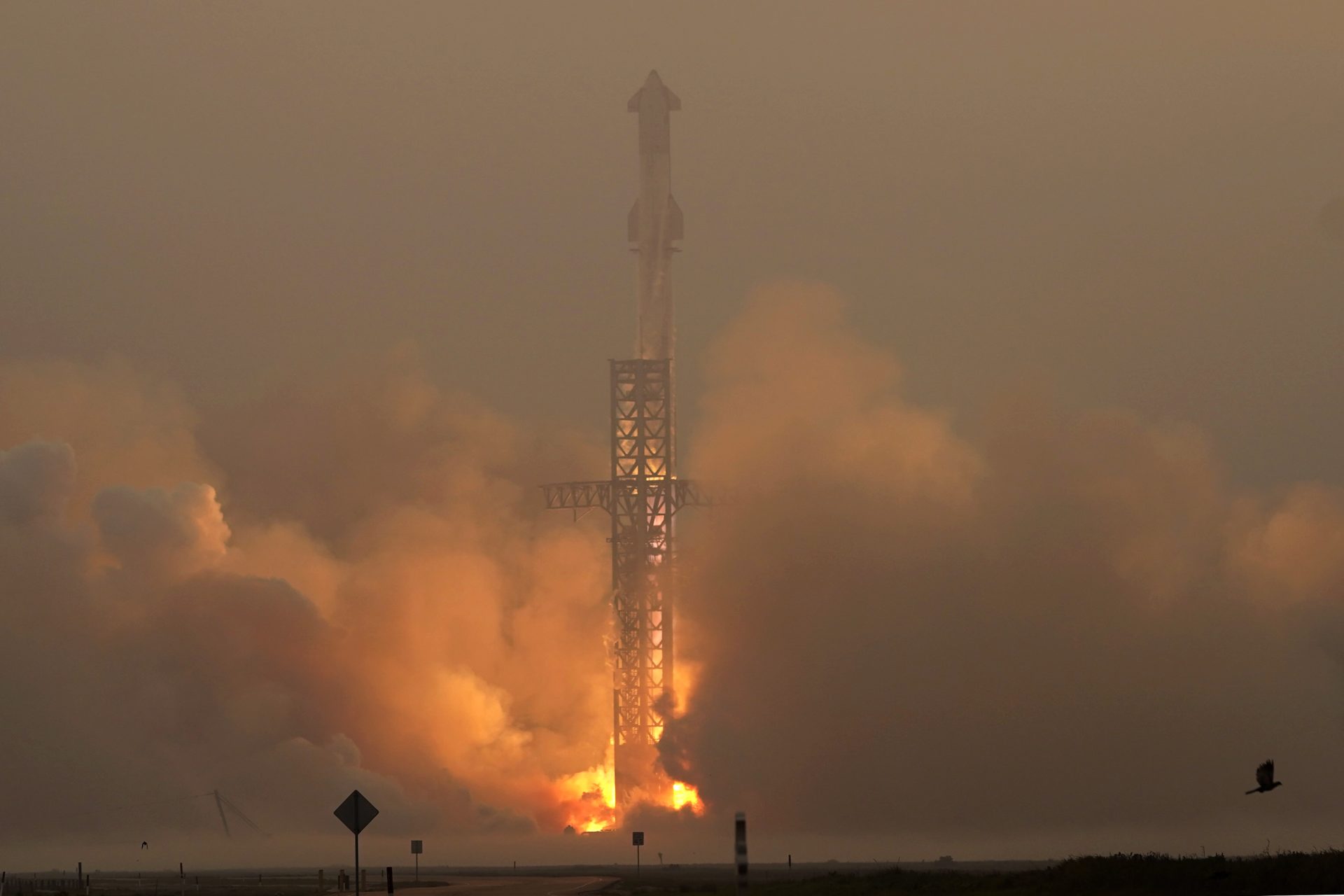
|
Only have a minute? Listen instead
Getting your Trinity Audio player ready...
|
SpaceX announced Monday that its fifth Starship-Super Heavy test flight from Boca Chica could take place as soon as Sunday, pending regulatory approval from the Federal Aviation Administration.
If the launch does take place on or near that date, it would signal a change in thinking on the part of the FAA, which indicated last month it would not grant SpaceX the required launch license before late November.
Asked if it could clarify the timing of its issuance of a license for the fifth launch, the FAA replied: “In mid-August, SpaceX submitted new information for its proposed Starship/Super Heavy Flight 5 mission. The FAA is continuing to review this information. The FAA will make a licensing determination once SpaceX has met all licensing requirements.”
FAA Administrator Mike Whitaker told a Sept. 24 hearing of the Subcommittee on Aviation of the House Transportation Committee that the agency was delaying licensing the fifth Starship launch because SpaceX filed an application to the agency without “disclosing they were in violation of Texas and federal law on some matters, and that’s a requirement to get a permit.”
An FAA analysis of sonic booms caused by the Super Heavy booster’s high-speed descent after launch was another factor in the delay, characterizing the analysis as “safety-related.”
“I think the two month delay is necessary to comply with the launch requirements and I think that’s an important part of the safety culture,” Whitaker said.
SpaceX disagreed vehemently, countering that sonic booms related to test flight have nothing to do with safety. Announcing the possibility of a Sunday launch, SpaceX advised the public that the “returning booster will slow down from supersonic speeds, resulting in audible sonic booms in the area around the landing zone.”
The company described sonic booms as “brief thunder-lie noise,” noting that variables such as weather and distance from the booster return site will dictate how loud they are to observers.
On previous test flights, the Super Heavy booster has landed in the Gulf after launch. With the fifth flight, SpaceX will attempt to land the booster back on the launch pad and “catch” it with the launch tower’s large mechanized arms. Doing so successfully will require optimally functioning systems on the booster and launch tower as well as a manual command from the mission’s flight director, according to SpaceX.

“If this command is not sent prior to the completion of the boost-back burn, or if automated health checks show unacceptable conditions with Super Heavy or the tower, the booster will default to a trajectory that takes it to a landing burn and soft splashdown in the Gulf of Mexico,” the company said.
Starship’s trajectory will be similar to previous test flights, with splashdown in the Indian Ocean. SpaceX said this flight path does not require the engines to be reignited for a de-orbit burn during reentry, which maximizes public safety while allowing the mission to meet its primary objective: a controlled reentry and soft water landing of Starship.
The company called the fourth test flight, on June 6, a “tremendous success.”
“A fully successful ascent was followed by the first ever booster soft-landing in the Gulf of Mexico and Starship making it through a brilliant reentry, before its own landing burn and splashdown in the Indian Ocean,” SpaceX said. “The fifth flight test of Starship will aim to take another step towards full and rapid reusability. The primary objectives will be attempting the first ever return to launch site and catch of the Super Heavy booster and another Starship reentry and landing burn, aiming for an on-target splashdown of Starship in the Indian Ocean.”
If the Sunday launch does go forward, a live webcast will begin about 30 minutes before liftoff that can be viewed on the company’s website. The launch window will open as early as 7 a.m. Central time, though the “schedule is dynamic and likely to change,” SpaceX said.
Editor’s note: This story has been updated with a statement from the Federal Aviation Administration.



